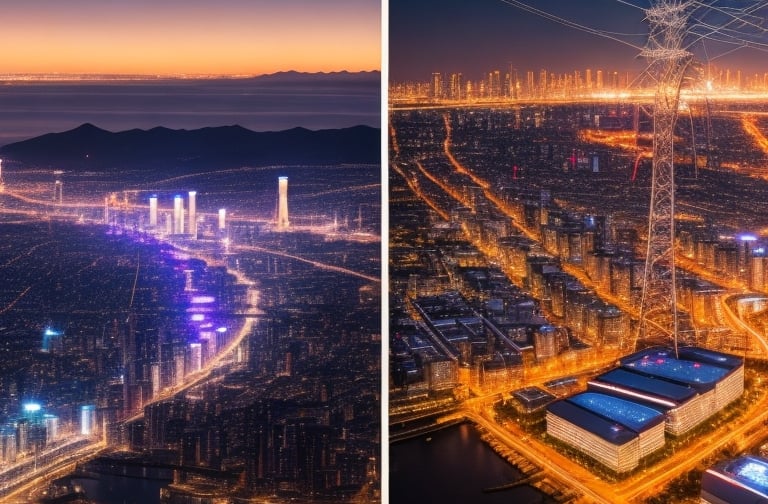Centralized vs. Free-Market Energy Grid Systems: An Overview
Energy and Development
ECONOMICSENGINEERING
@macister83
6/11/20232 min read


Energy grids form the backbone of modern civilization, powering everything from homes and businesses to critical infrastructure like hospitals and data centers. The design and operation of these grids have evolved considerably since the dawn of electrification in the late 19th century. Initially, energy was generated and distributed locally, with each area having its own small, independent power system. But as our demand for electricity grew, so did the scale and complexity of the systems required to provide it.
In the early days of electricity provision, the energy grid was a relatively simple system. Power was produced by a local generator - often a coal or hydroelectric plant - and distributed directly to nearby customers. This approach was simple and effective, but it was also inefficient and limited in scale. As technology advanced and demand for electricity skyrocketed, more sophisticated systems were developed.
Fast forward to the present day, and we find a variety of models for energy grid design and operation around the world, with different countries adopting different approaches based on their unique circumstances and priorities. Two such models can be seen in South Korea and Chile.
South Korea's energy grid system is highly centralized and predominantly state-controlled. The nation's electricity supply comes from a mix of sources, including coal, natural gas, nuclear power, and renewables. The government's role is to regulate, manage, and distribute energy throughout the country. This approach has been effective in supporting the rapid industrialization and economic growth of the South Korean economy.
On the other hand, Chile has a more free-market approach to its energy sector. Its energy market is largely privatized, and companies compete to generate and distribute electricity. This model has led to significant investment in renewable energy and has helped to lower energy costs. However, it also means that the government has less direct control over the nation's energy supply and distribution.
Wrapping this up: Both of these approaches, centralized and free-market, have their strengths and weaknesses. While a centralized system can ensure stability and a reliable energy supply, it might be less responsive to market dynamics and consumer demand. Conversely, a free-market system can promote competition and innovation, but it may also lead to volatility and potential gaps in the energy supply.
These complex trade-offs make the subject of energy grid design a fascinating and crucial field of study. In the upcoming blog posts, we will delve deeper into the specifics of these systems, examining how they work, their impact on the economy and environment, and the future of energy provision in the face of challenges like climate change and growing energy demand. Stay tuned for more insights into the world of energy grids.
